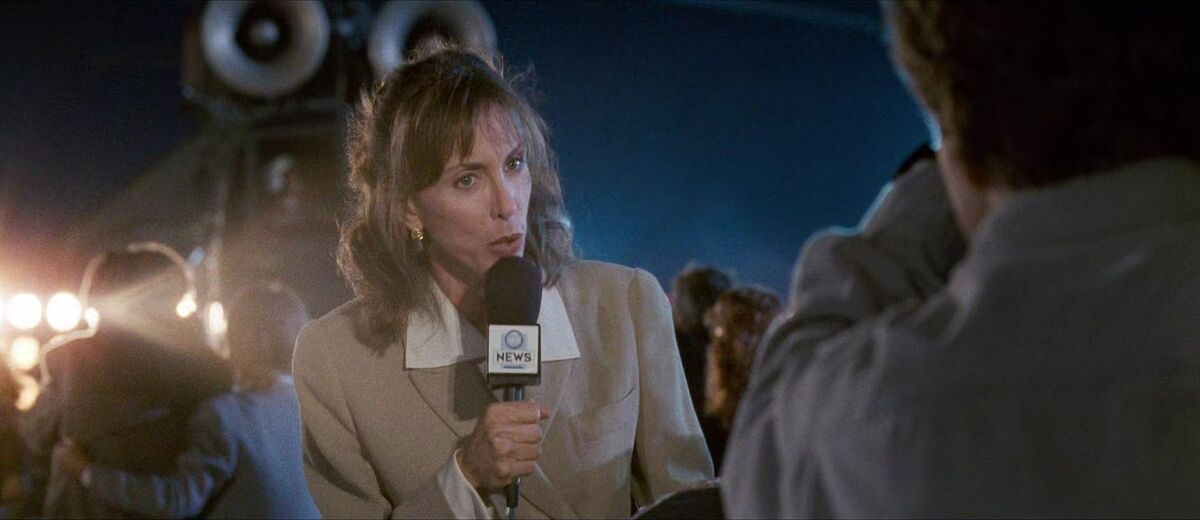Markus
Sr Member
Something in the "Asteroid City" trailer caught my eye: Yes these colors(!) and, yes, that rangefinder camera(!) - but also that weird beautiful, mysterious prop consisting of eight "digits", each with six lights.

"What do those pulses indicate?"
"What? Oh, the beeps and the blips? We don't know."
The only information we have so far, is what is seen in the trailer.
There is the scene from which I got the first image, and another scene with this image.

Then, somewhere (fb?), I found a composite image which included this one.

I really think someone needs to build this (and that this someone might be me...).
This built is also featured on my blog page.
"What do those pulses indicate?"
"What? Oh, the beeps and the blips? We don't know."
The only information we have so far, is what is seen in the trailer.
There is the scene from which I got the first image, and another scene with this image.
Then, somewhere (fb?), I found a composite image which included this one.
I really think someone needs to build this (and that this someone might be me...).
This built is also featured on my blog page.
Last edited:

